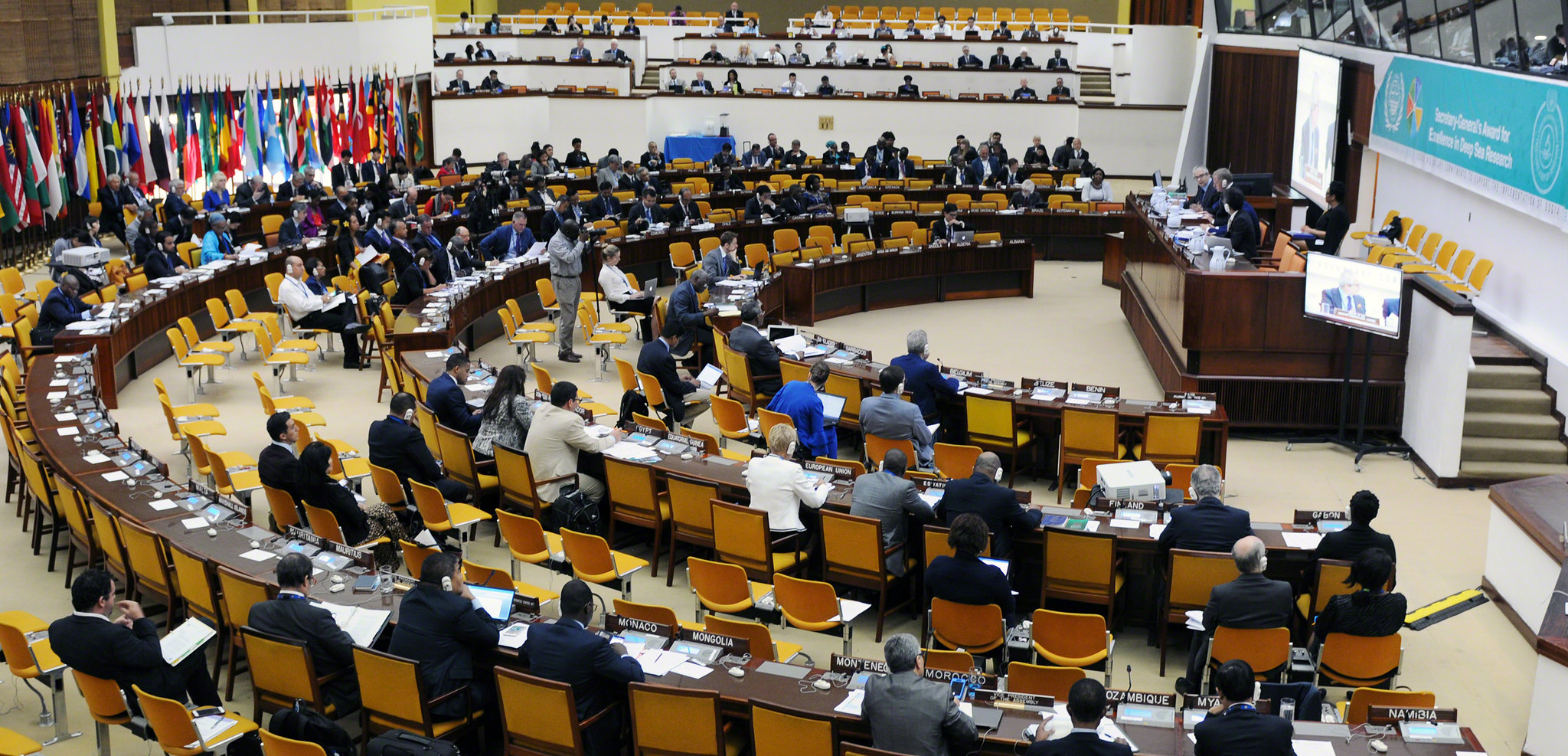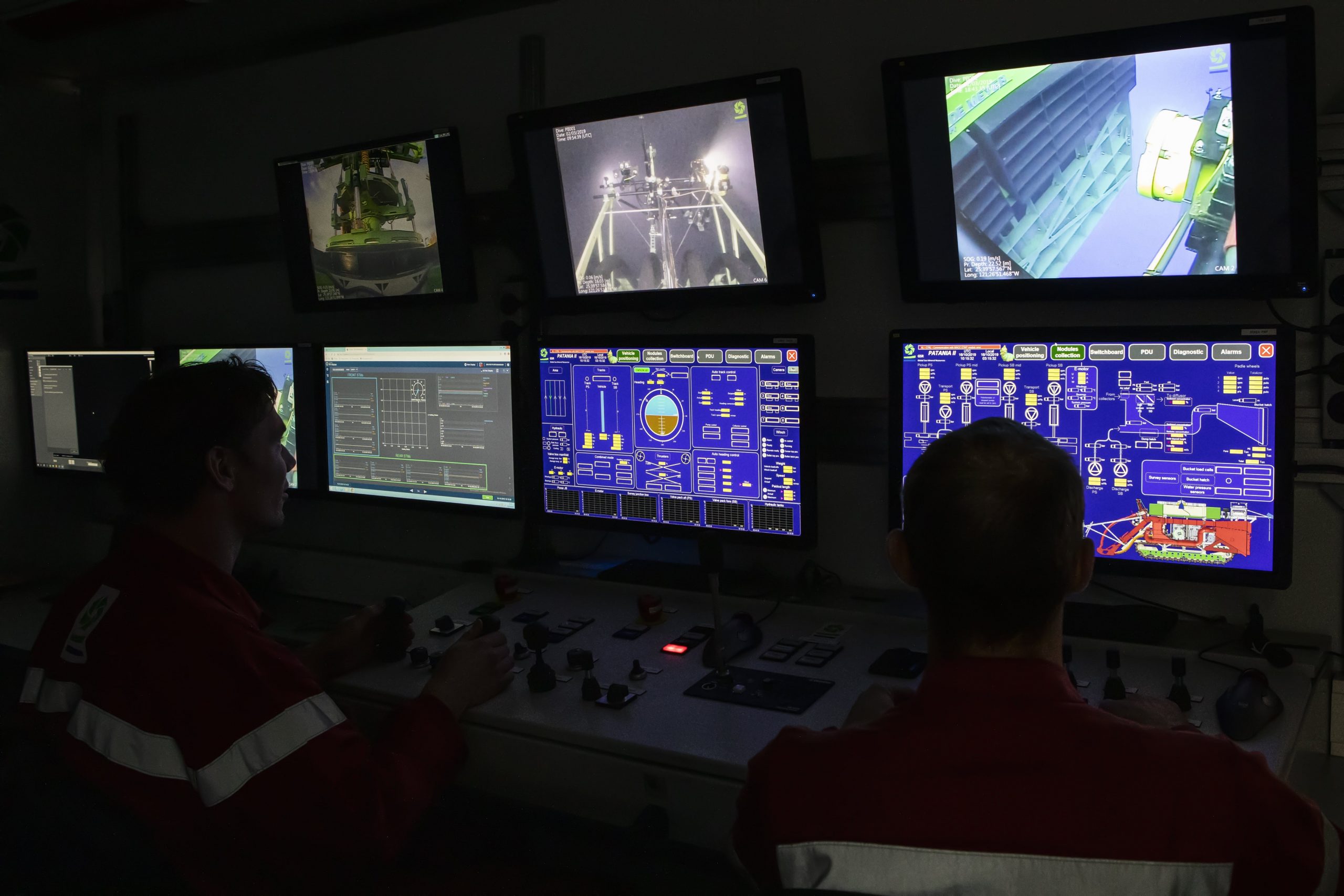UNCLOS was finally implemented in 1994 and the International Seabed Authority (ISA) was established. The ISA is an intergovernmental body that organises, regulates and controls all mineral-related activities on the seabed beyond the limits of national jurisdiction. The ISA is comprised of 167 Member States and the European Union.
UNCLOS calls for the development of mineral resources for the benefit of humankind, by attracting investment and technology while also requiring measures to be taken to ensure effective protection of the marine environment.
In 2001, the ISA entered into 15-year exploration contracts with several national and industrial groups of pioneer investors. These first contracts were for polymetallic nodules in the Clarion Clipperton Zone (CCZ), located in 4000 to 6000 m water depth in the Pacific Ocean.
The development of the legal framework for exploration and exploitation of polymetallic nodules is coordinated by the ISA. A set of regulations on prospecting and exploration for polymetallic nodules were approved in 2000 and the ISA is currently working towards finalising a legal framework for commercial activity.
The development of the regulations is a transparent, multi-stakeholder process involving the input of many sectors including member states, experts in marine science and industry, and civil society groups.
understand the regulation
The International Seabed Authority (ISA) has set out an ambitious list of regulatory requirements before an application for a mining licence can be submitted.
Baseline studies
Gathering information, samples and applying methodologies to assess the possible environmental impacts in areas such as sedimentation, biological communities and physical or chemical oceanography
Environmental Impact Assessment (EIA)
Evaluating the possible positive or negative effects that operations may have on the environment. This process includes an Environmental Risk Assessment, which ranks expected effects and risks by significance, to ensure the EIA focuses on the key issues
Environmental Impact statement (EIS)
The EIA informs the EIS, which is a decision-making tool, describing the positive and negative environmental effects of proposed actions. The EIS also presents mitigation strategies to reduce impacts. An EIS should also analyse alternatives, such as different engineering designs considered, and the advantages and disadvantages of each, including environmental considerations.
Environmental Management and Monitoring Plan (EMMP)
Will proactively manage and confirm that the environmental effects of mining do not exceed those presented in the EIS, or other relevant commitments and obligations. The EMMP will also detail the monitoring program, training program, waste management and details about ongoing consultation.
Closure plan
Will detail the objectives for closure of any commercial mining activities, including decommissioning arrangements and management and monitoring of residual environmental effects


